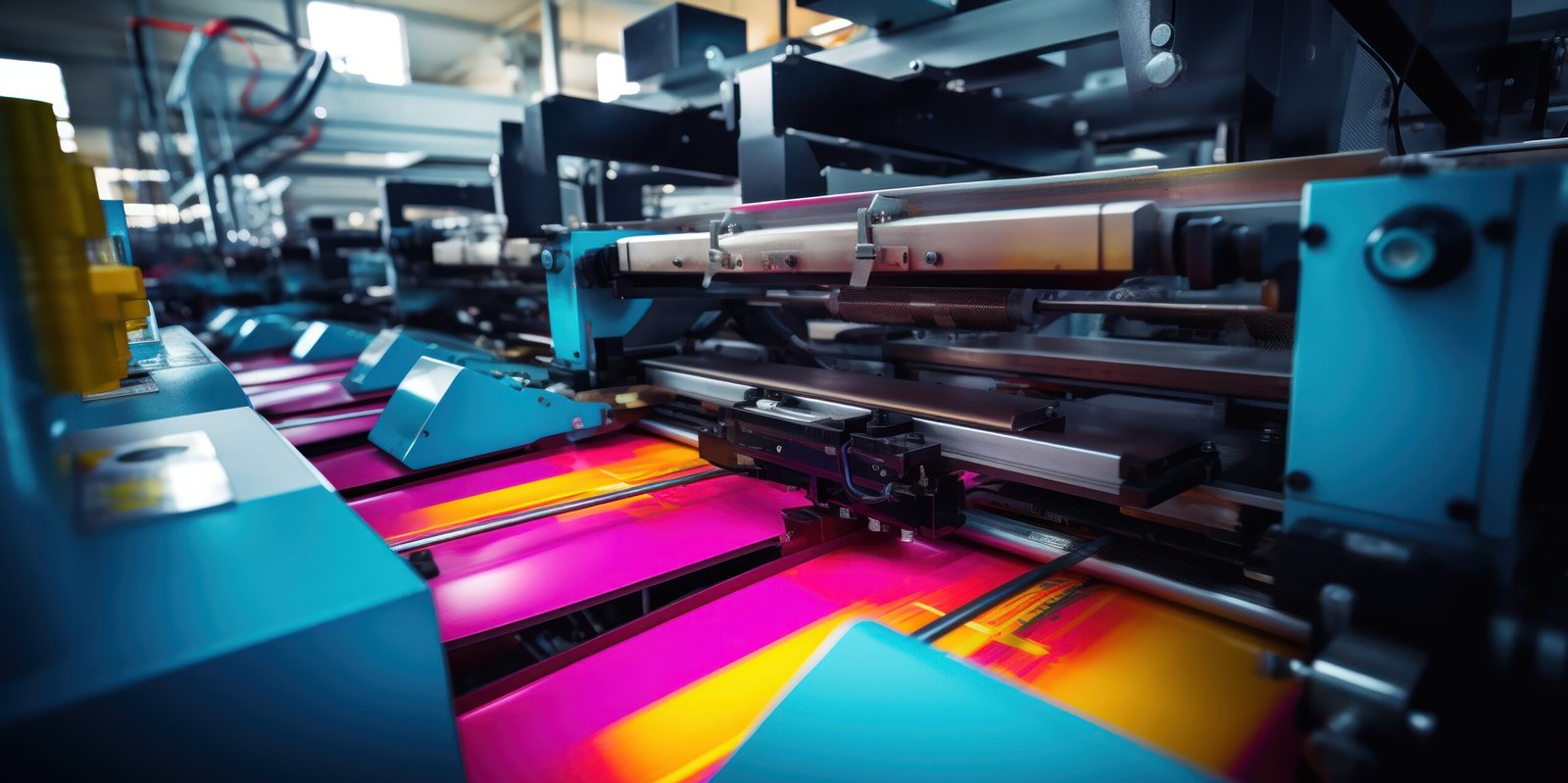
Printing Industries
Printing is a crucial process in various industries, including textiles, packaging, and advertising. It involves transferring designs, patterns, or colors onto surfaces like fabric, paper, and plastic. Different types of inks, chemicals, and materials are used to enhance the quality, durability, and appearance of the printed designs. Below are some key components used in the printing process.
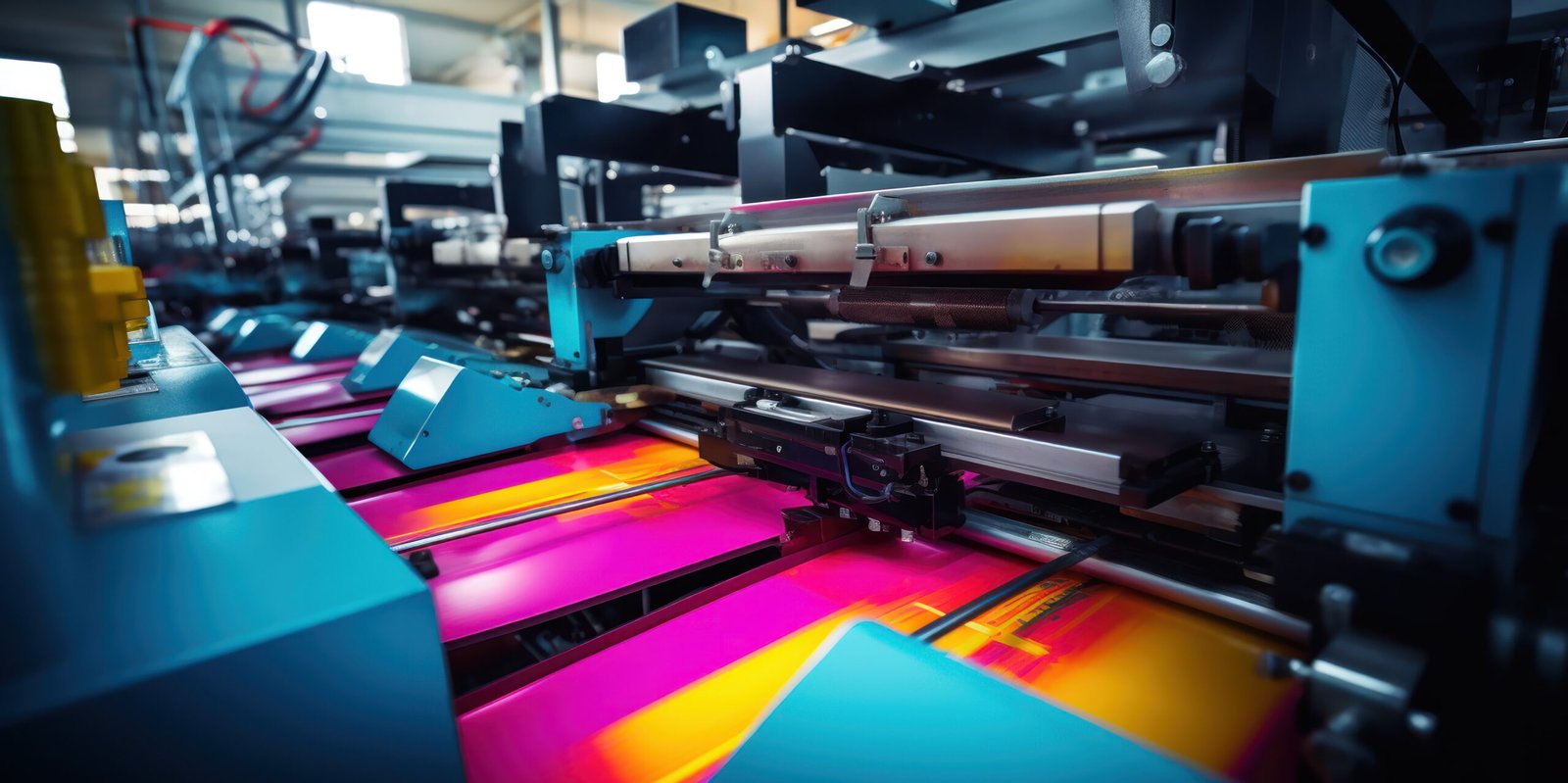
Non-PUC (Polyurethane Coating-Free) Printing
Non-PUC printing refers to printing methods that do not use polyurethane coatings, making them more eco-friendly and safe for use. These inks and coatings are free from harmful chemicals, making them suitable for textile and paper printing applications that require environmental safety and high-quality results.
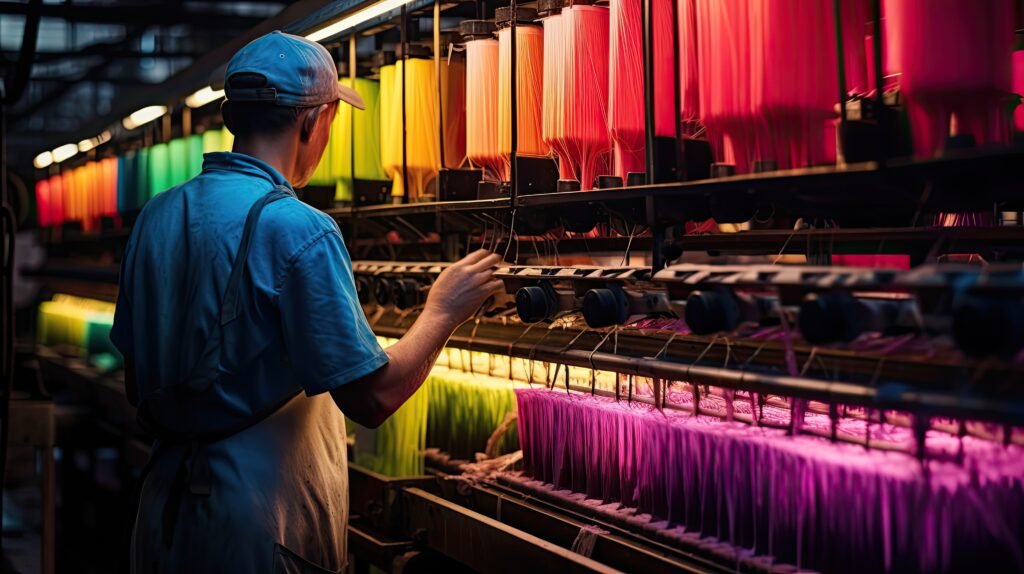
Binders
Binders are essential components in printing that help pigments or dyes adhere to the fabric or surface. They form a thin film over the material, ensuring that the colors stay fixed even after washing or exposure to external conditions. High-quality binders improve color brightness, durability, and resistance to fading.
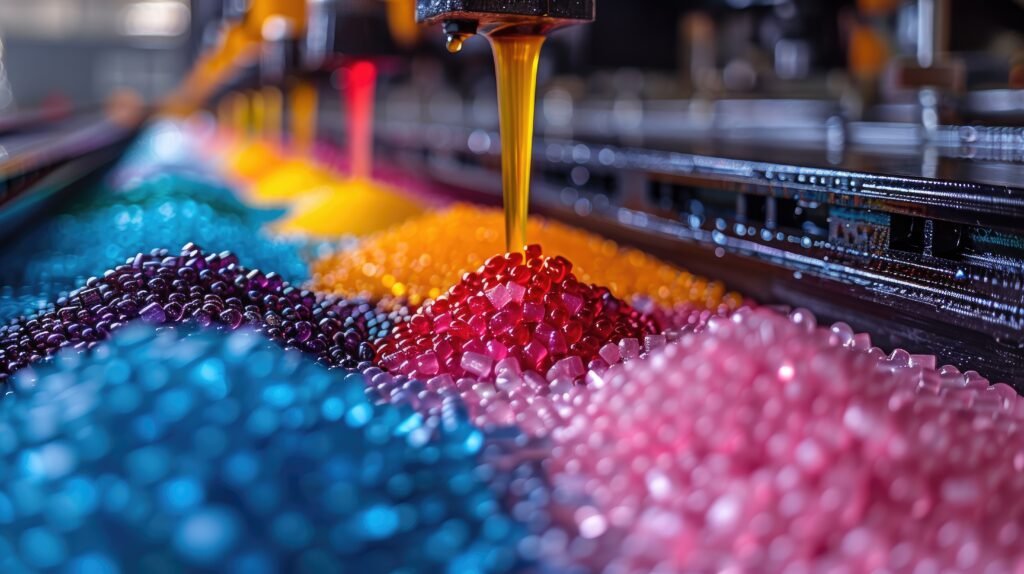
Oil-Based Non-PUC Printing
Oil-based non-PUC printing uses oil-based inks that do not contain polyurethane coatings. These inks provide rich colors, smooth application, and long-lasting results while maintaining an eco-friendly approach. They are widely used in fabric and paper printing, ensuring vibrant prints without harmful emissions.

Thickeners
Thickeners are substances added to printing inks or pastes to improve their viscosity and consistency. They prevent ink from spreading too much and ensure precise designs. Thickeners are particularly useful in screen printing, where controlled ink flow is essential for detailed patterns.
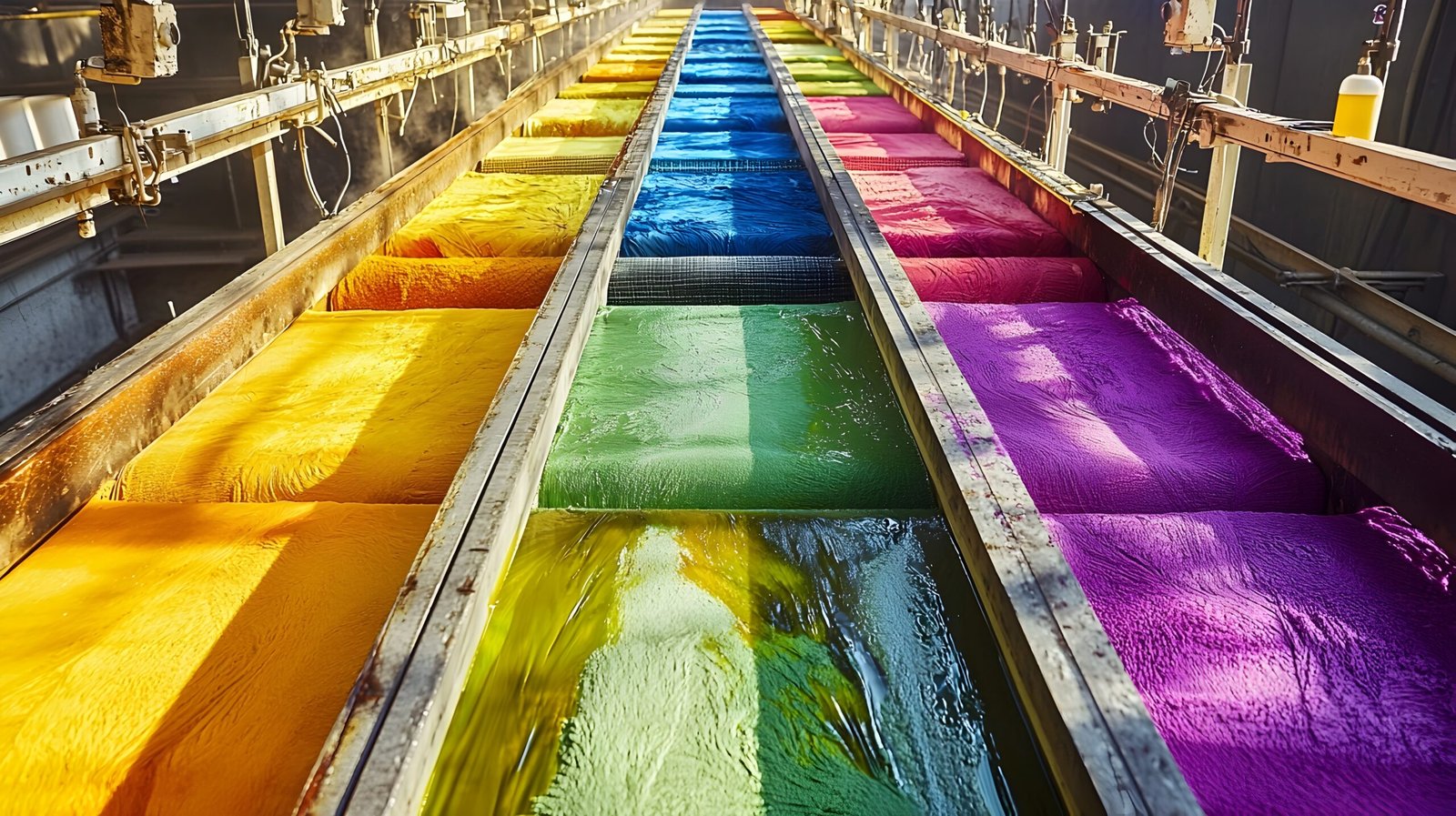
Pigment Printing
Pigment printing uses insoluble color particles (pigments) that remain on the surface of the material rather than being absorbed into it. This method provides bright, durable colors with excellent wash and light fastness. It is commonly used in textile printing, where the fabric’s natural feel is maintained while achieving sharp, long-lasting prints.
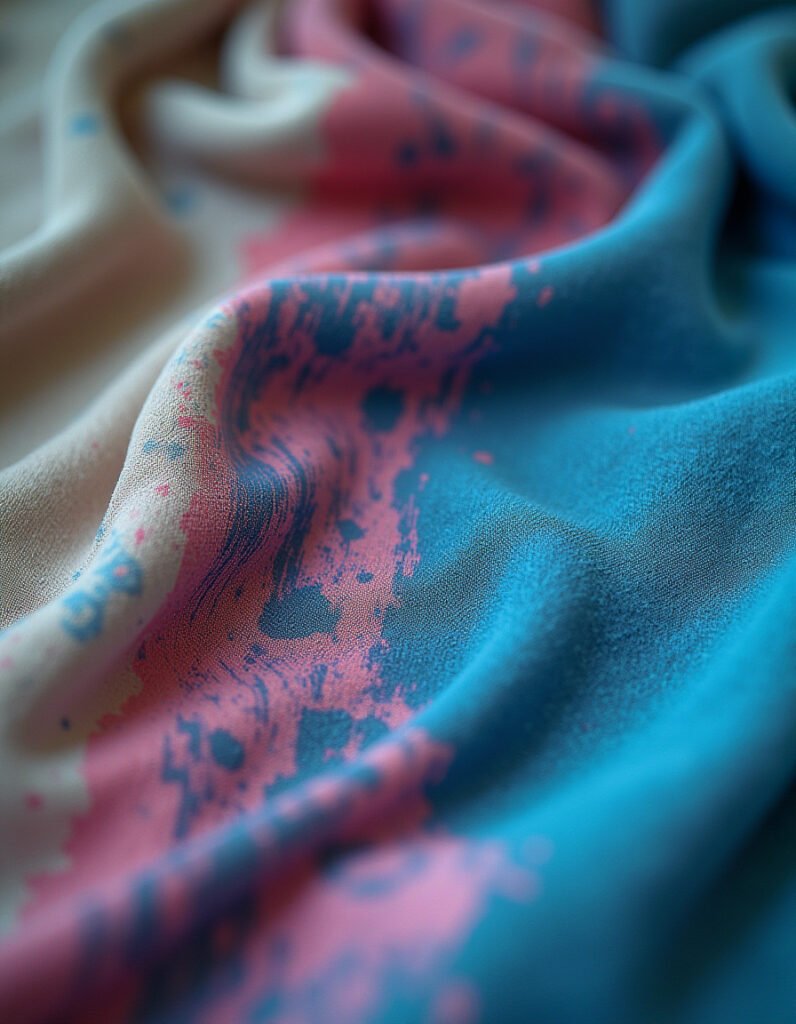
Fixers
Fixers are chemicals used in printing to improve color fastness and durability. They help the dye or pigment bond with the fabric or material, preventing color fading or bleeding after washing. Fixers are commonly used in textile and fabric printing to enhance print longevity.

Gold Shimmer Printing
Gold shimmer printing involves adding a metallic gold effect to printed designs. Special gold shimmer pigments or coatings are used to create a luxurious and eye-catching finish, often applied to garments, accessories, and decorative prints.
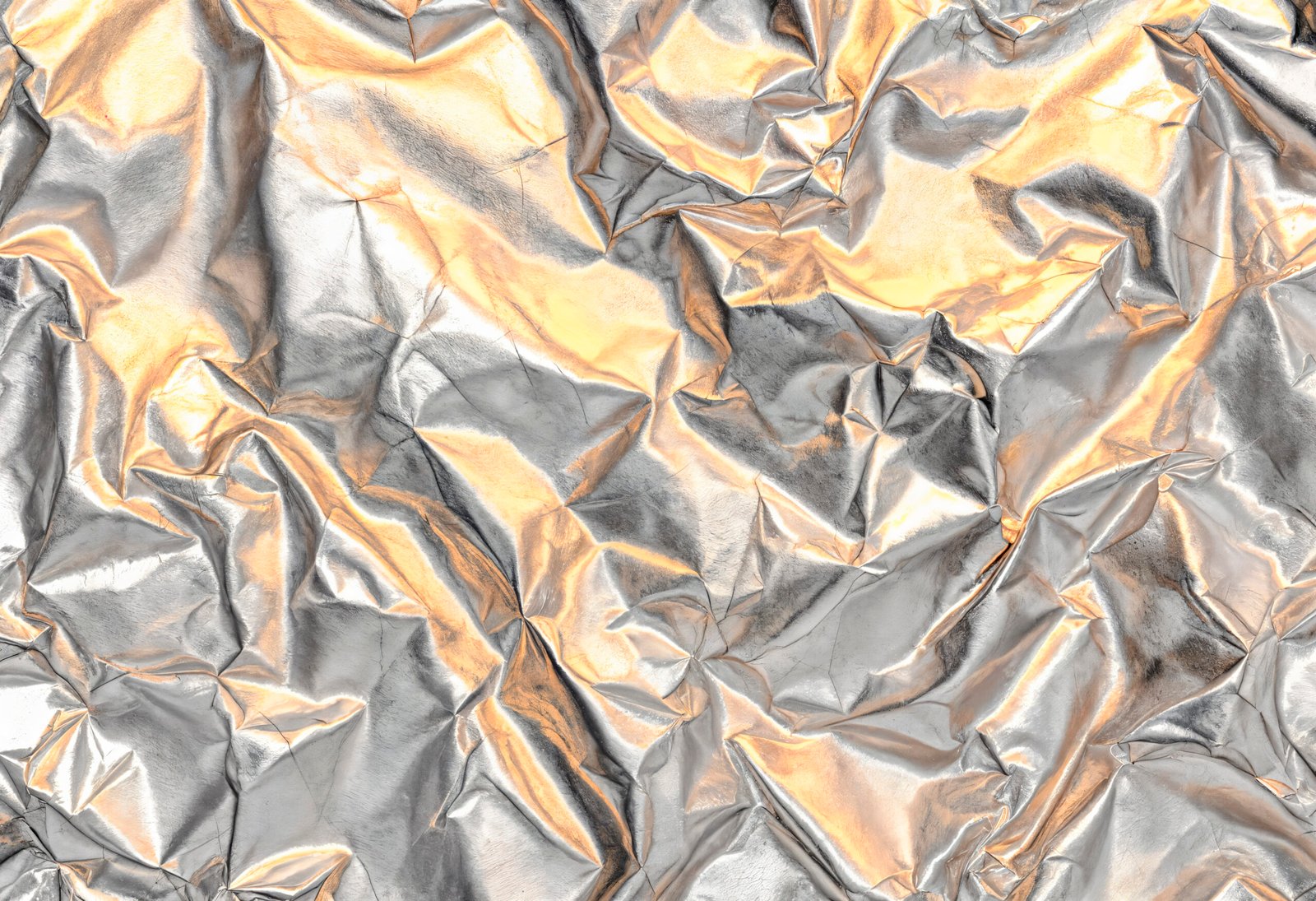
Foil Paper
Foil paper is a thin, metallic-coated sheet used in foil printing to add shiny, reflective designs to materials. It comes in various colors, including gold, silver, and holographic effects, and is widely used in fashion, decorative, and branding prints.

Silver ShimmerPrinting
Similar to gold shimmer, silver shimmer printing adds a metallic silver finish to designs. It provides a shiny and elegant look, commonly used in fashion, gift wrapping, and branding applications.
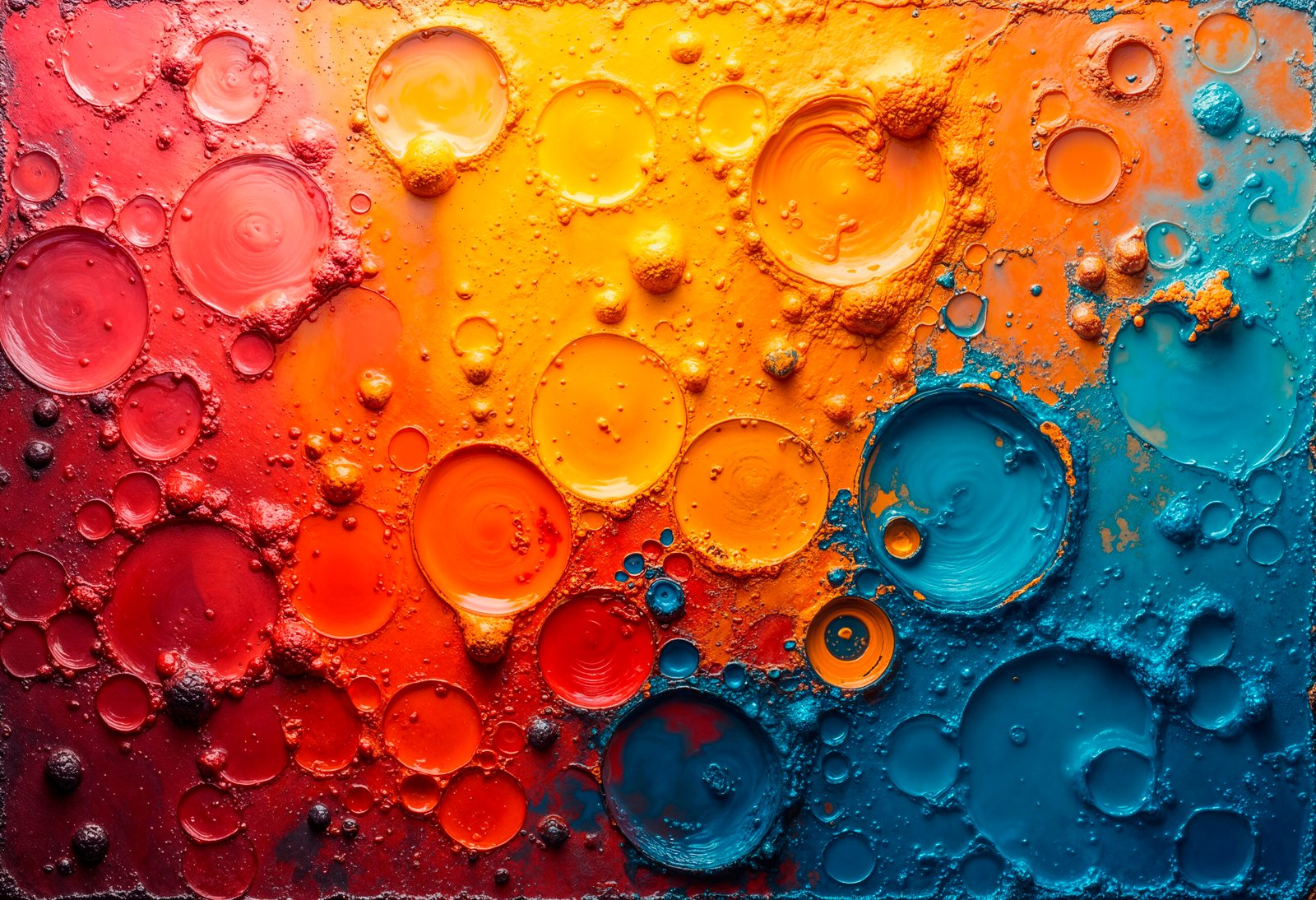
Flock Powder
Flock powder is used to create a velvety, textured effect in printing. It consists of fine fibers that stick to the surface using adhesives, giving the print a soft and raised feel. This technique is often used in fabric printing, gift wrapping, and promotional materials to add a unique tactile element.
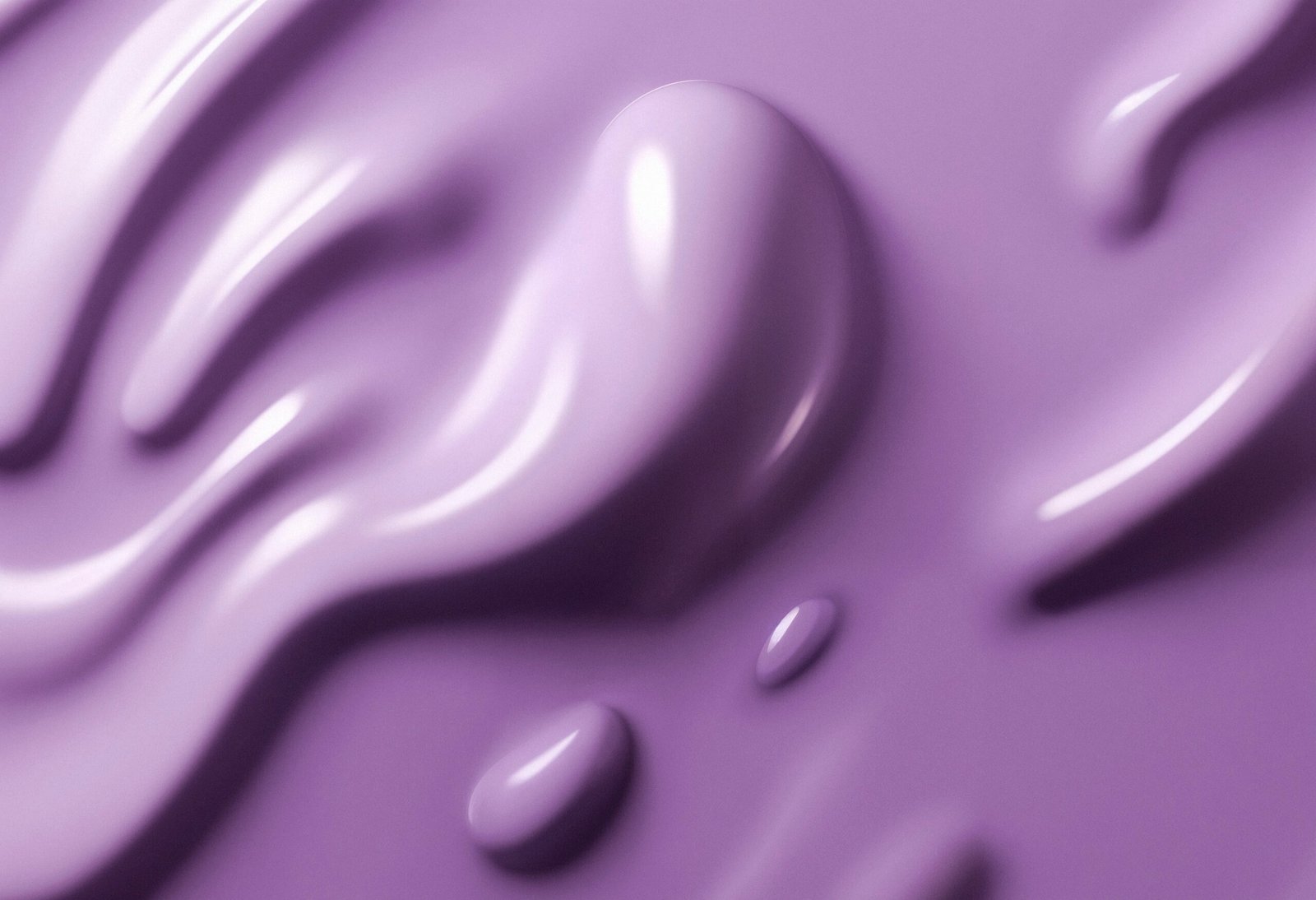
Foil Gel
Foil gel is a special adhesive used in foil printing to transfer metallic foils onto fabrics or other materials. It creates a smooth, shiny finish and is used in combination with foil paper to achieve high-quality metallic effects in printing.
